TL19FOODSCI
Latest

Meal kits might be better for the planet than a trip to the store
It turns out the meal kits you can have delivered to your door by services like Blue Apron, HelloFresh and even Walmart might be more than convenient. They could be better for the environment, too. It's a bit counter intuitive given all the packaging and delivery involved. But a study by the University of Michigan found that the carbon dioxide emissions tied to the average grocery store meal were two kilograms higher than those linked to most pre-packed options.

Soylent launches 100-calorie 'mini-meal' bar
Soylent, the drink of choice for Silicon Valley bros with no time to eat, is launching a new line of snack bars. Known as Soylent Squared, the 100-calorie "mini-meal" bars are the first solid food offerings from the company since the disastrous launch of its meal replacement bars in 2016. Soylent halted sales of the bars after reports emerged they were making people sick.

The Impossible Burger is coming to Burger King
White Castle was just the start: Impossible Foods is now partnering with Burger King, launching the Impossible Whopper for a test starting today at 59 Burger King outlets in St. Louis, Missouri. It's an entirely different burger to the sliders served at White Castle, and that means there's more Impossible Burger non-meat involved.

The kings of artisanal cheese wear lab coats
Forget France. In the 21st-century artisanal cheese world, all roads lead to the tiny town of Greensboro, Vermont, home to the Cellars at Jasper Hill. There, brothers Mateo and Andy Kehler craft some of the best cheeses in the world: Jasper Hill has won at least one award from the American Cheese Society every year since 2013, as well as global recognition at the World Cheese Awards. Their ability to raise dairy cows, create cheeses and age other companies' products in their $5 million, 22,000-square-foot facility has made them role models for the 500 or so indie cheesemakers in the US.
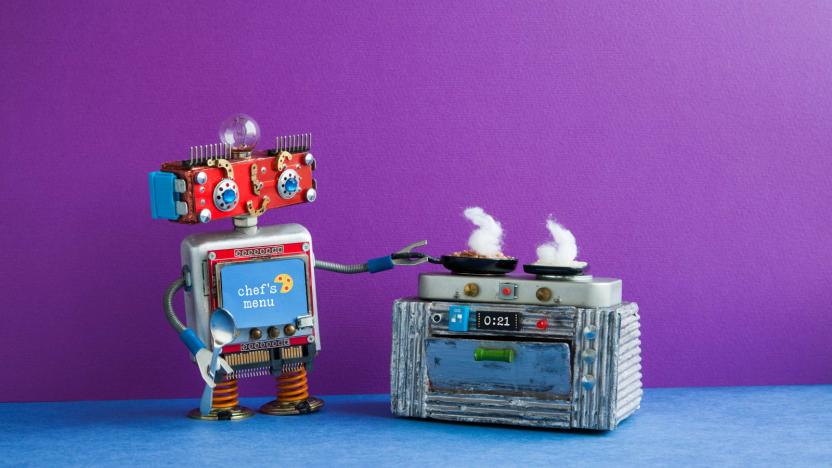
How McCormick and IBM will use AI to create the next big spice
It's not easy crafting the next taste sensation. Nobody hops out of bed in the morning, thinks to themselves, "Today, I'm going to invent the next Oreo," and actually follows through on it. Even training in the skills necessary to become a professional food product developer can take the better park of two decades, much less creating and testing the thousands of flavor iterations needed to dial in on the perfect taste that will finally unseat Cool Ranch Doritos. But thanks to IBM's IBM Research AI for Product Composition, spice manufacturer McCormick & Company's R&D the team is leveraging machine learning to cut the time it takes to develop new flavors by up to 70 percent.
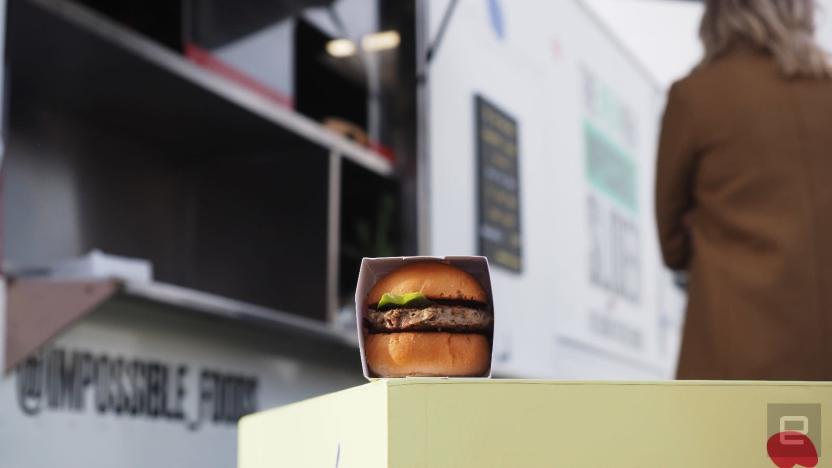
How Impossible Foods cooked up Impossible Burger 2.0
Inside White Castle on the Las Vegas Strip I met David Lipman, Impossible Foods's Chief Science Officer, whose father was a butcher. It's a funny quirk for someone who's working to sell a plant-based product to replace ground beef. Impossible Burger 2.0, revealed this week at CES, is a major upgrade, with an improved nutritional profile and crucially, a taste and feel closer to the beef burgers that you and I eat.
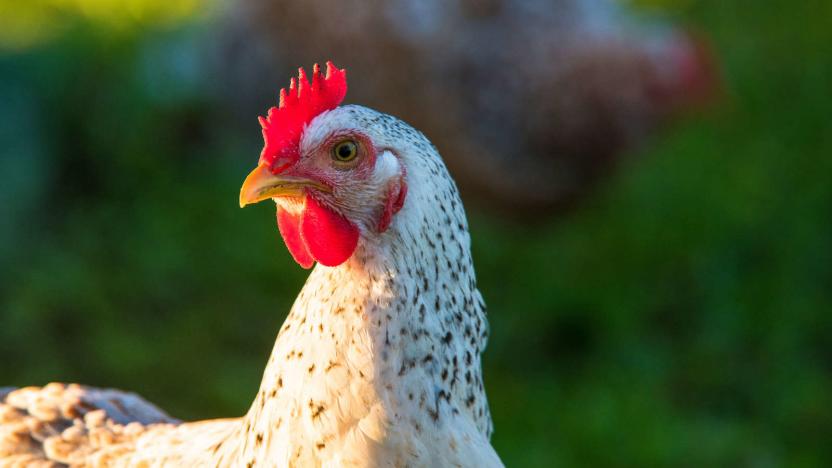
A cultured chicken nugget could hit the market by the end of the year
You may know Just (formerly Hampton Creek) for its vegan cookie dough and mayo, but the company has also been working on cultured meat -- real meat that's made from animal cells rather than taken from an animal itself. While it's not the only company doing so -- there are actually quite a few -- it could be the first to get a product on the market. Just CEO Josh Tetrick told Engadget earlier this year that his company would have either a chicken nugget, foie gras or sausage available by the end of 2018, and now it looks like Just is gearing up to release a chicken nugget. A cultured chicken nugget, that is.
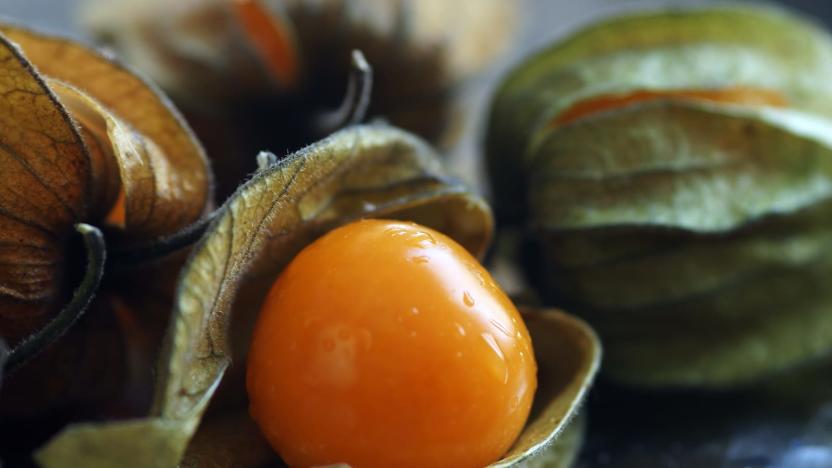
CRISPR editing may help turn a wild berry into a farmable crop
It can take many years to make a wild plant easy to farm, but gene editing could make that happen for one fruit in record time. Scientists have used genomics and CRISPR gene editing to develop a technique that could domesticate the groundcherry, a wild fruit that's tasty and drought-resistant but difficult to grow in significant volumes. After sequencing the groundcherry's genome, the team both tweaked CRISPR to work with the plant and pinpointed the genes that led to its less-than-pleasant traits, such as its small size and not-so-plentiful flowering. From there, they just had to 'fix' the fruit with gene edits that promoted the qualities they wanted.
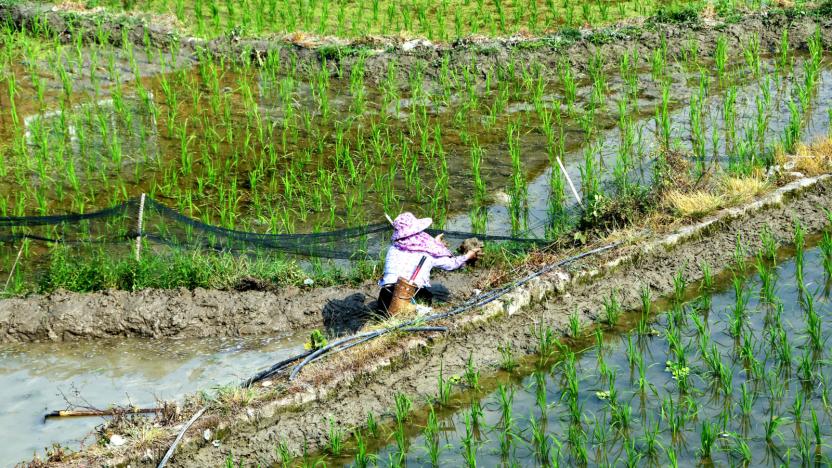
Gene-edited rice plants could boost the world's food supply
Rice may be one of the most plentiful crops on Earth, but there are only so many grains you can naturally obtain from a given plant. Scientists may have a straightforward answer to that problem: edit the plants to make them produce more. They've used CRISPR/Cas9 gene editing to create a rice plant variety that produces 25 to 31 percent more grain per plant in real world tests, or far more than you'd get through natural breeding. The technique "silenced" genes that improve tolerances for threats like drought and salt, but stifle growth. That sounds bad on the surface, but plants frequently have genetic redundancies -- this approach exploited this duplication just enough to provide all of the benefits and none of the drawbacks.






